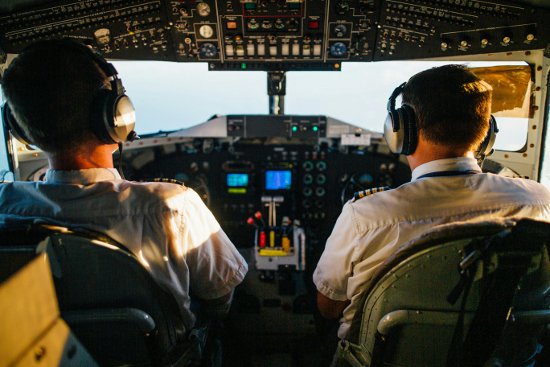In the vast, ever-changing expanse of the sky, where thousands of aircraft navigate daily, communication is the cornerstone that ensures aviation safety. This complex network of aviation communications synchronizes planes, pilots, and air traffic controllers, fostering a secure and efficient airspace. This article explores the multifaceted aspects of aviation communications and their pivotal role in maintaining safety in the skies.
The Evolution and Importance of Aviation Communication
The history of aviation communication is a testament to the remarkable technological advancements over the years. In the early days, aviators relied on visual signals and rudimentary radio systems. Communication was often limited to basic Morse code, with early pilots using hand signals and flares to convey messages. However, as air traffic increased and aviation technology advanced, the need for more sophisticated and reliable communication methods became paramount.
Modern aviation communication is underpinned by a foundation of standardized protocols and advanced technologies. The International Civil Aviation Organization (ICAO) has established global standards and practices to ensure uniformity and reliability across different regions and airspaces. These standards encompass various aspects, including radio frequencies, communication procedures, and equipment requirements, all designed to create a seamless and safe communication environment.
The Critical Role of Air Traffic Control
Air Traffic Control (ATC) is the primary system responsible for managing and directing aircraft both on the ground and in the air. ATC’s role is crucial in preventing collisions, organizing and expediting the flow of air traffic, and providing essential information and support to pilots. The communication between pilots and ATC is continuous and dynamic, involving multiple phases of flight, from takeoff to landing.
Pilots and air traffic controllers use a specific phraseology to ensure clarity and minimize misunderstandings. This standardized language includes specific terms and phrases universally understood, regardless of the pilots’ or controllers’ native languages. For instance, numbers are pronounced individually, such as “five” for “5” and “niner” for “9,” to avoid confusion. This meticulous attention to detail ensures that every instruction is clearly understood and precisely executed.
Enhancing Safety with Modern Headsets
A critical component of aviation communication is the headset used by pilots and air traffic controllers. These headsets must provide clear audio quality, noise reduction, and comfort for long periods of use. The David Clark headset is renowned in the aviation industry for its exceptional performance and reliability. With advanced noise-canceling technology and superior audio clarity, it ensures that pilots can communicate effectively, even in noisy cockpit environments. This enhances situational awareness and reduces the risk of miscommunication, contributing significantly to overall flight safety.
Data Link Communication Systems: A Step Forward
While voice communication remains the primary mode of interaction, data link communication systems have become increasingly prevalent in modern aviation. These systems enable the exchange of digital messages between aircraft and ground stations, providing a more efficient and reliable means of communication. The Controller-Pilot Data Link Communications (CPDLC) system is one such technology, allowing pilots and controllers to send and receive text-based messages. CPDLC reduces the workload for both pilots and controllers, as it minimizes the need for voice communication and allows for more precise and unambiguous instructions. This is particularly beneficial in busy airspaces, where voice channels can become congested, and clear communication is critical. By providing an additional layer of communication, CPDLC enhances the overall safety and efficiency of air traffic management.
Satellite Communication: Expanding Horizons
Satellite communication (SATCOM) has transformed aviation communication by providing global coverage, including remote and oceanic regions where traditional VHF radio may be limited. SATCOM enables continuous communication between pilots and ATC, regardless of the aircraft’s location. This is crucial for long-haul flights over oceans and polar regions, where maintaining contact with ground stations is challenging.
SATCOM also supports data services, such as real-time weather updates, flight planning information, and in-flight connectivity for passengers. By integrating satellite communication into the aviation infrastructure, airlines can enhance safety, improve operational efficiency, and provide a better experience for passengers. The ability to receive real-time weather updates, for instance, allows pilots to make informed decisions about route adjustments, ensuring smoother and safer flights.
Conclusion
Aviation communication is the lifeline that keeps the skies safe, enabling seamless coordination between pilots, air traffic controllers, and ground stations. The integration of advanced technologies, standardized protocols, and continuous training ensures that communication remains clear, reliable, and effective. As the aviation industry continues to evolve, the importance of robust and efficient communication systems will only grow, further enhancing the safety and efficiency of air travel. The future of aviation communication looks promising, with continuous innovations paving the way for safer and more efficient skies.













